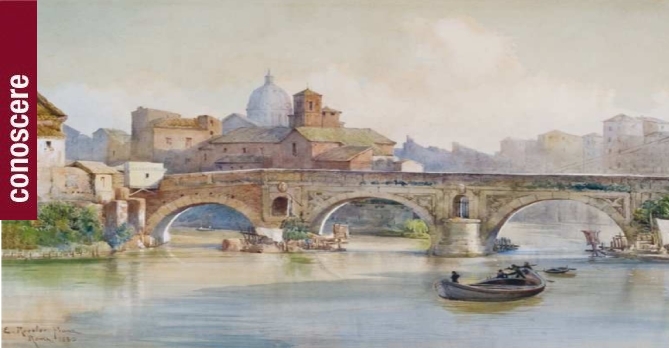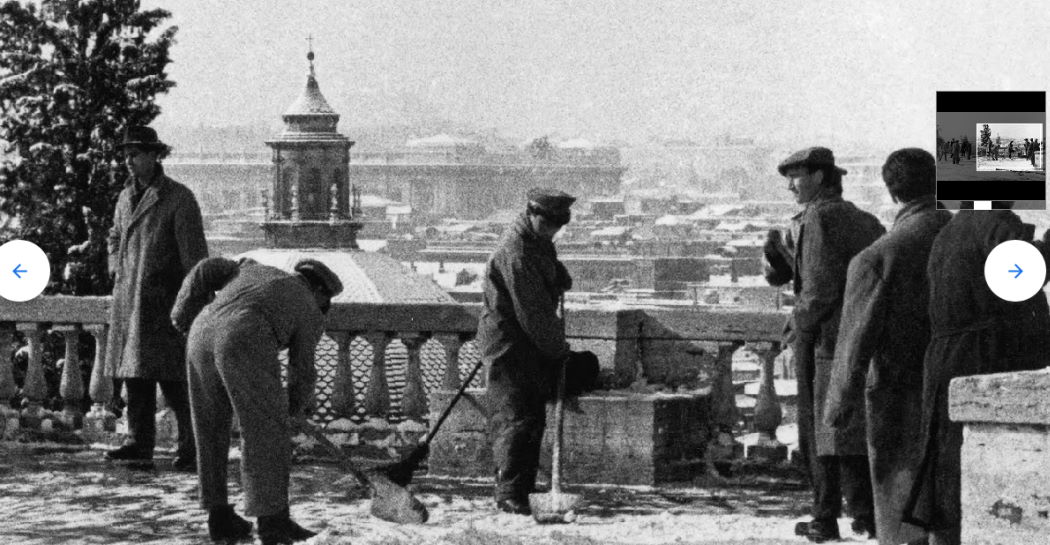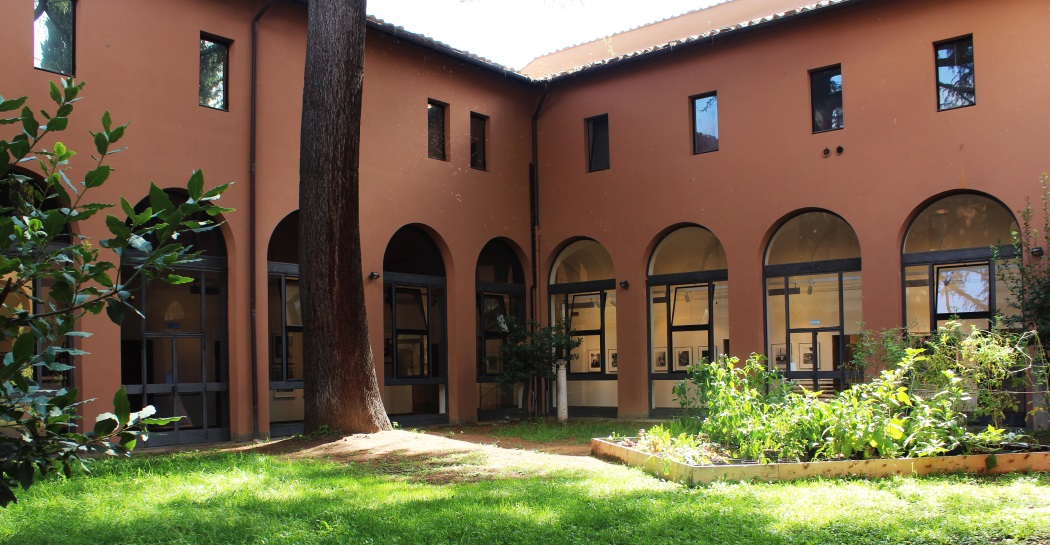School visit: Museo di Roma in Trastevere: general tour of the museum

School visit
Thanks to the richness and variety of the Museo di Roma’s collection it was possible to create a new museum institution in 1977 in the recently restored Carmelite convent of Saint Egidio, which focuses on the era its name, the Museum of Folklore and the Roman dialect poets, suggests, a specific sector of interest.
Transferring the material most closely connected to the documentation of daily life and Roman traditions to this new location in Trastevere was also motivated by the ideal and privileged connection it was possible to create between the museum and the area around it; Trastevere, because of its individual characteristics can be considered the area of Rome where it is still possible to trace the fragments and force of popular Roman culture.
The unusual configuration, articulated inside the cloister, permits the permanent exhibition to be centred on a strong nucleus of the so-called Roman Scenes, which were previously confined in an unfortunate space in the Palazzo Braschi and now find a much more satisfactory display context here.
The Roman Scenes are true emblems of a culture nourished on nostalgia and the wish to evoke, for political reasons, the popular costumes and habits of Italy. In their apparent verisimilitude the Roman Scenes represent an extraordinary document of ethnographic museography. Rather than the easy nineteenth stereotype of their reconstruction, an attentive reading of the images allows a varied and articulated understanding of popular everyday life in Rome, making them a valuable educational resource.
As a contrast to the Roman scenes, watercolour paintings and engravings tell the story of the city through its costumes, festivals and traditions, including a magnificent of the Carnival which reached its heights in the nineteenth century.
The watercolours of Roesler Franz, which because of their delicacy can only be displayed in rotation, also contribute to the evocation of “vanished Rome”. The banks of the Tiber, destroyed when the walls were built, the characteristic corners of the ghetto or of Trastevere, already disappeared, are brought back to life in the easy, loose narrative of the artist as he plays with the tones of elegy and picturesque representation.
At the end of the 1990s it was clearly desirable, given their historical and municipal connections, to unite this institution with the Museo di Roma, recognising their close affiliation with the new name of the Museo di Roma in Trastevere. As part of this process, a new and more coherent system was proposed for organising the materials of Trilussa’s Studio, which had long since merged with his archive in the Museum to create a valuable testimony to literary production in the Roman dialect and one of the form’s most famous exponents.
The new identity was not just a simple change of denomination, but increased and enriched the space and the possibility of temporary exhibitions, conferences on themes and personalities closely tied to the life of the city, with attention paid to the cinema, multimedia and photography. Thus the Museum has aimed to reinvent itself as a lively place where contemporary news can take on the importance of historic documentation and by integrated directly with the past.




































